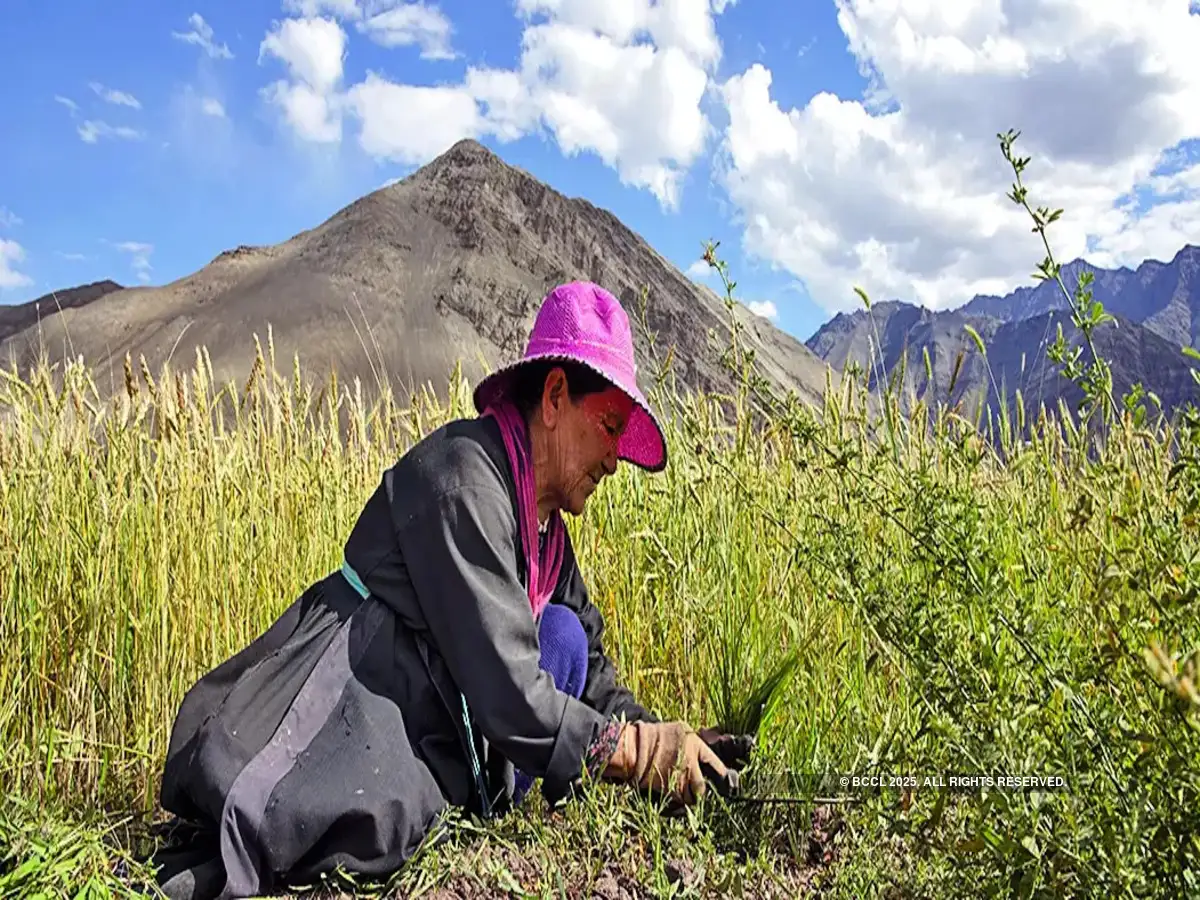- Courses
- ABOUT US
- OUR TOPPERS
- TEST SERIES
- FREE STUDY MATERIAL
- VIDEOS
- CONTACT US
NORTHERN SEA ROUTE (NSR)
NORTHERN SEA ROUTE (NSR)
25-08-2023
-1693632730122.png)
Key Points
- India-bound goods make up the majority of the cargo traffic at Murmansk Port, the NSR's starting point, which is increasing.
- About NSR:
- The North Sea Route (NSR) spans four seas of the Arctic Ocean: the Kara, Laptev, East Siberian, and Chukchi Sea. It is the shortest shipping route between Europe and countries in the Asia-Pacific area.
- It is a 5,600-km route that starts in the Barents-Kara Seas border and ends at the Bering Strait (Provideniya Bay).
-
Significance of NSR:
- Compared to the usual route via the Suez Canal, this path saves time and energy.
- Compared to the standard route through the Suez Canal, it is only a third of the distance.
- The risk of piracy is non-existent.
- Easier to explore, and exploit.
-
Challenges:
- Geostrategic confrontation may result from Russia's NSR sovereignty and restriction of freedom of navigation.
- Arctic fog can make sailing more difficult.
- threats to the pristine Arctic region's environment.
-
India’s Engagement in NSR:
- The Chennai-Vladivostok Maritime Corridor (CVMC) project is a planned international container transit through the NSR between India and Russia.
- In initiatives pertaining to the NSR, Russian and Indian enterprises worked together.




